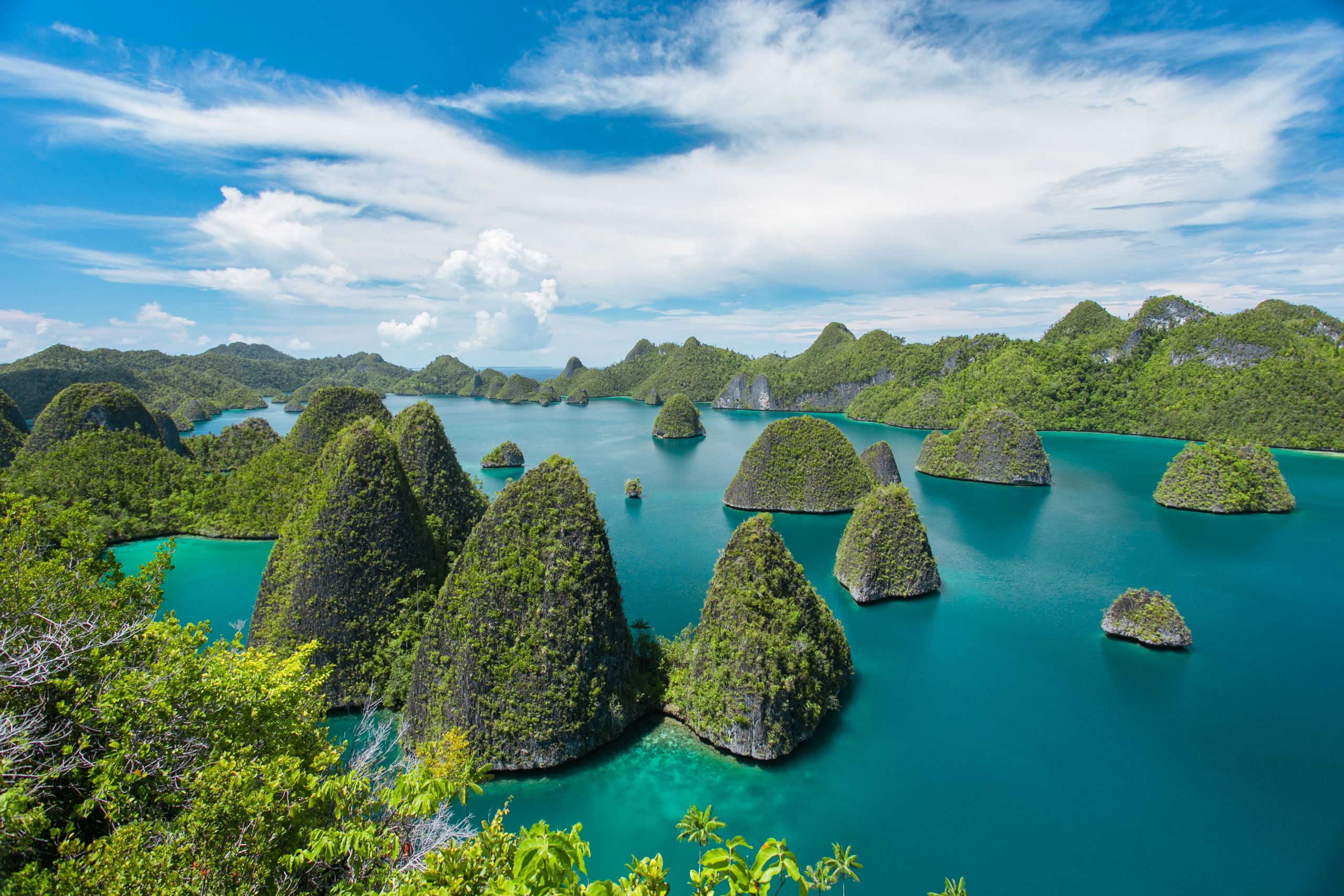News
Creating a Nature-Positive Future for People and Planet

News | Nov 2021
We are facing global biodiversity and climate crises.
It is estimated that one million species are threatened with extinction, with the drivers of biodiversity loss due to the direct or indirect results of unsustainable human action. Under current policies, one in six species will be at risk of extinction due to the impacts of climate change.
Global biodiversity loss is inextricably linked to climate change. Under all emission scenarios, the Intergovernmental Panel on Climate Change’s (IPCC) Sixth Assessment Report finds that global surface temperature will continue increasing until at least mid-century, with warming of 1.5–2°C exceeded during this century and climate impacts threatening species and their habitats, unless there is a rapid and significant reduction in greenhouse gas (GHG) emissions.
Transformative change is urgently needed if we are to combat both biodiversity loss and the climate crisis. The time to act is now.
Investing in protected and conserved areas is investing in our future
Investing in effective protected and conserved areas is an essential tool for achieving the protection of nature, through biodiversity conservation and climate change mitigation. In our Creating a Nature-Positive Future report we present a path to enhance protected and conserved areas coverage and quality to secure global nature, with multiple co-benefits for people.
The report builds on the findings of the Protected Planet Report 2020, summarising progress towards the Convention on Biological Diversity’s (CBD) 2020 Aichi Biodiversity Target 11. Currently, protected areas and other effective area-based conservation measures (OECMs), also known as protected and conserved areas, cover 16.79% of non-Antarctic land and 8.0% of the ocean, with 43.7% of terrestrial ecoregions and 47.4% of marine ecoregions having some level of coverage. Protected and conserved areas provide essential protection of Key Biodiversity Areas and Ecologically or Biologically Significant Marine Areas, with 43.3% and 8.3% global coverage respectively.
Recent political and financial commitment to expand the coverage and quality of protected and conserved areas could be transformative. The benefits extend beyond biodiversity conservation to support achievement of the UN Sustainable Development Goals through improved water and food security, livelihoods, health, climate change mitigation and adaptation, as well as goals under other Multilateral Environmental Agreements, including the UN Framework Convention on Climate Change and the Sendai Framework for Disaster Risk Reduction:
- Nearly two-thirds of the world’s population live downstream of protected areas, which provide them with freshwater. Increasing protection, restoration and sustainable management of ecosystems, such as wetlands and forests, can improve water security.
- Protection of fish populations, pollinators and crop wild relatives will provide significant contributions to global food security. Global fisheries currently provide one-sixth of global protein consumed, but one-third of commercial fish stocks are fished at unsustainable levels and 90% are fully exploited as of 2018. Marine protected areas provide significant benefits to food security, with the average fish biomass more than 670% higher in fully protected MPAs than in surrounding unprotected areas.
- The benefits for climate change mitigation are also vast, as intact ecosystems sequester approximately 5.6 Gt CO2 or 60% of global anthropogenic emissions each year. Land conserved by indigenous peoples and local communities (IPLCs) are estimated to store around 13% of all carbon stored in terrestrial ecosystems.
- Protected and conserved areas contribute to disaster risk reduction as intact ecosystems such as mangroves can reduce damage from extreme weather events, and coral reefs can support coastal hazard risk reduction.
Shifting the focus to quality

Despite these extensive benefits and increasing coverage of protected and conserved areas, the loss of global biodiversity continues, largely unabated. Therefore, to be effective, investments must also emphasise the quality of protection rather than simply the coverage or quantity of protection.
This report proposes three main considerations for the implementation of protected and conserved area targets in the post-2020 global biodiversity framework, to be adopted at the next CBD Conference of the Parties (COP-15):
- The need for protected and conserved areas to prioritize representativeness, connectivity, conservation of areas important for biodiversity and nature’s contributions to people, equitable governance, and effective management. Evidence suggests sites with higher social equity have more positive conservation outcomes. This requires the recognition of various stakeholders, and their rights, their involvement in decision-making, and the equitable distribution of costs and benefits.
- The importance of recognising the contribution of IPLCs and respecting their rights to their lands, territories and waters. This involves ensuring tenure rights, for which OECMs may be an important means to recognize IPLC lands. Full recognition of rights is essential if these areas are to contribute to national and international targets. Several countries and territories have now reported on OECMs in the recently launched World Database on OECMs (WD-OECM), with many more in the process of recognizing and reporting on these important sites.
- The need to embed protected and conserved areas into national policies and decision-making frameworks. Only through mainstreaming biodiversity conservation strategies, such as protected and conserved areas, will we be able to achieve sustainable development and climate actions and unlock their full benefits.
The urgency of the global biodiversity crisis is galvanizing world leaders into action. With momentous action being pledged by world leaders, such as the Leaders’ Pledge for Nature and the adoption of the Kunming Declaration by Parties to the CBD during the first part of CBD COP-15, this report calls for an essential focus on the quality aspects of protected and conserved areas. If these qualifying aspects are highlighted in investments and championed by Parties’ political will, a nature-positive future for people and planet will be within our reach.
Authored by: Heather Bigham, Senior Programme Officer, Protected Planet Initiative, UNEP-WCMC; Nicole Desantis, Policy Advisor on Nature-based Solutions, Global Programme on Nature for Development, UNDP; Patrick Gannon, Area-based Conservation Team, Secretariat of the Convention on Biological Diversity.
Have a query?
Contact us
communications@unep-wcmc.org
